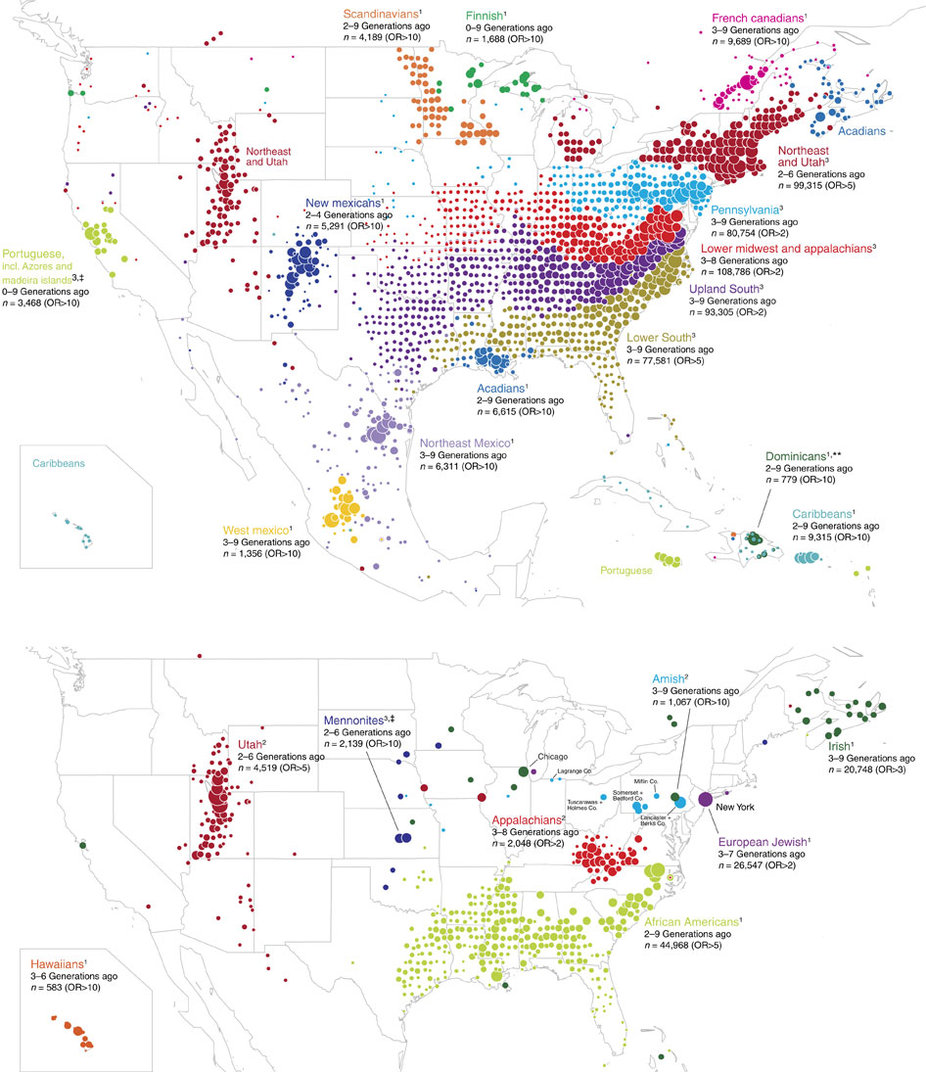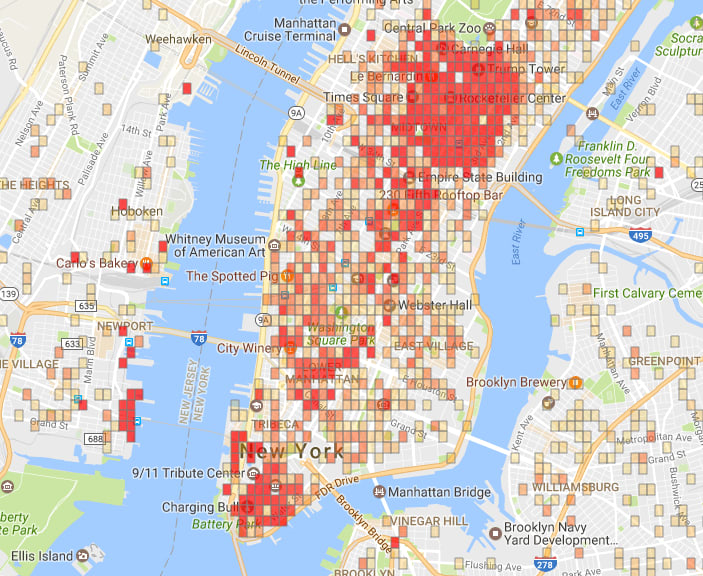Trends and pauses
There’s a story at the Guardian about whether there has been a ‘pause’ and an ‘acceleration’ in global warming. The underlying research paper actually puts the question more clearly
While it is clear and undisputed that the global temperature data show short periods of greater and smaller warming trends or even short periods of cooling, the key question is: is this just due to the ever-present noise, i.e. short-term variability in temperature? Or does it signify a change in behavior, e.g. in the underlying warming trend?
Models for climate change predict that annual mean surface temperature should be going up fairly smoothly, so that the trend over a decade or so looks like a straight line. A deviation from this trend might indicate important factors have been left out of the model, or might indicate that the background processes are changing (eg as ice sheets retreat). If you look at the recent past, compared to a straight-line trend, the observed data dipped below the straight line for a few years and have now caught up. This raises the question of whether either of these indicated an important change in the underlying processes or a new inadequacy of the models.
To start with, let’s establish that we’re not talking about measurement error here. The variability of annual mean temperatures around the straight-line trend isn’t like the variability of opinion poll results around a trend. The observed data are the truth. The world really did warm less for a couple of years; it really has warmed more since then. The straight line trend omits many factors that we know are relevant: events such as volcanic eruptions that affect the incoming sunlight, and events such as El Niño that affect the balance between air and ocean warming.
The question is whether the straight line trend is changing (fast enough to worry about). You might reasonably object that the annual mean temperatures are far too crude to make that sort of decision; that you need much more details and more sophisticated modelling. As it turns out, you’d be right. However, the crude appearance of a slowdown and speedup in the annual means has been the fuel for a lot of discussion, so it’s worth evaluating.
What the research paper did was to model the deviations from the straight line trend as a simple random process, ignoring any year-to-year correlation. The researchers could then evaluate mathematically how likely we would be to see an apparent pause or acceleration in warming with that amount of random variation, if in fact the trend was a perfect straight line. The deviations we have seen in the recent past are no larger than you’d expect just from the variation around a constant trend.
To be clear, this doesn’t mean there have been no changes in the trend. In fact, we know that El Niño does cause systematic changes. What it means is that the annual mean temperatures alone aren’t enough information to tell us about changes over a period as short as a few years. You shouldn’t change your beliefs (in any direction) over data like that. If the ‘hiatus’ had gone on for a decade, it would have meant something. If the acceleration goes on for a decade, it will mean something. But two or three years isn’t long enough to say anything. It’s like looking at a month of data on road deaths: you can’t — or at least shouldn’t — say much.


